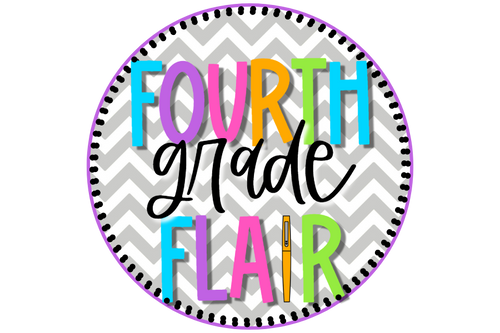Affiliate Disclosure: As an Amazon Associate, I earn from qualifying purchases. This means if you click on the link and purchase the item, I will receive an affiliate commission at no extra cost to you.
As teachers, your time is precious, and managing the avalanche of student assignments can be overwhelming. Here are three strategies that saved me hours and preserved my sanity: organizing with separate turn-in bins, using student checklists, and implementing a reflect and highlight system. These tips will help you streamline the process, keep students accountable, and make your life easier!
1️⃣ Separate Turn-In Bins: Organized and Accessible

Keeping assignments organized by subject can significantly reduce the chaos. Use separate bins for different subjects and label them clearly. This method ensures that papers are sorted from the start, making it easier to manage and grade them later.
For example:
- Use colored bins matching the checklist papers for each subject.
- Place these bins in an accessible area where students can easily turn in their work.
This system not only keeps everything organized but also helps students develop a habit of sorting their work correctly. It's a simple yet effective way to maintain order and save time. These are my favorite turn in bins!
2️⃣ Student Checklists: Accountability and Efficiency
Next, let’s talk about student checklists. Do you find yourself sifting through piles of assignments to check for missing work, making notes in the grade book, or losing track of sticky note reminders? I’ve been there, and it’s exhausting. That’s why I started using student checklists—a game changer!
Here's how it works:
- Print checklists on colored paper for each subject.
- When handing out an assignment, fill out a checklist with the date and title, and place it in the turn-in bin.
- Students check their name off the list as they turn in their assignments and place their paper under the list.
This simple procedure lets you easily see who has turned in their work without rifling through stacks of paper. The key is to consistently teach and practice this procedure at the start of the year until it becomes second nature to your students.
3️⃣ Reflect and Highlight: Eliminating No-Name Papers
One of the most frustrating aspects of grading is dealing with no-name papers. To tackle this, I combined a self-reflection activity with a highlighting system, which I call "Reflect and Highlight."
Here’s how it works:
- Before students check their name off the checklist, they grab a multi colored-highlighter corresponding to their understanding of the assignment.
- They highlight their name on their paper with a single swipe before turning it in.
I use different colors to represent levels of understanding:
- Level 1: "I do not understand, YET." (Needed support)
- Level 2: "I sometimes understand." (Asked a couple of questions)
- Level 3: "I understand most of it." (Completed independently)
- Level 4: "I understand completely." (Can teach it to a peer)
These levels and colors can be edited in this TeachersPayTeachers resource. This system not only ensures that students remember to put their name on their paper but also encourages them to reflect on their learning. Plus, it makes it easy for you to group students based on their understanding and provide targeted support.
Bringing It All Together
By implementing these three strategies—separate turn-in bins, student checklists, and the reflect and highlight system—you can save valuable time and keep your sanity intact. These methods foster student accountability, streamline your workflow, and make the grading process more efficient.
Try these tips in your classroom and let me know how they work for you! Do you have any time-saving strategies that have made a difference in your teaching?
Check out my unique voice level management system too and save money on all three of my resources in this Classroom Management Bundle!



